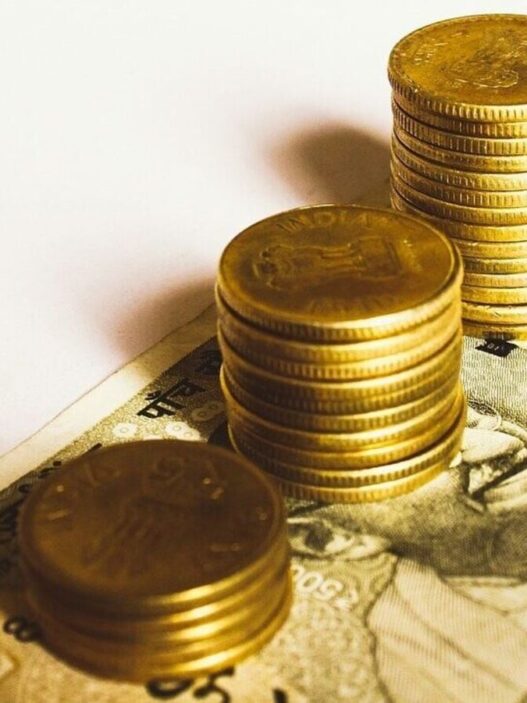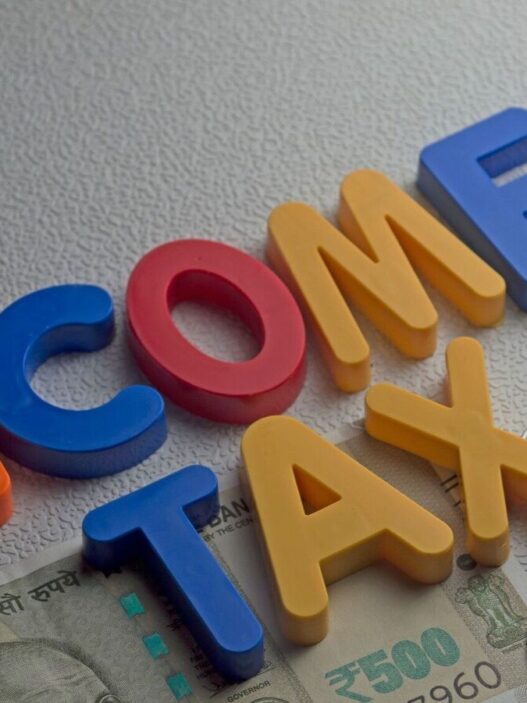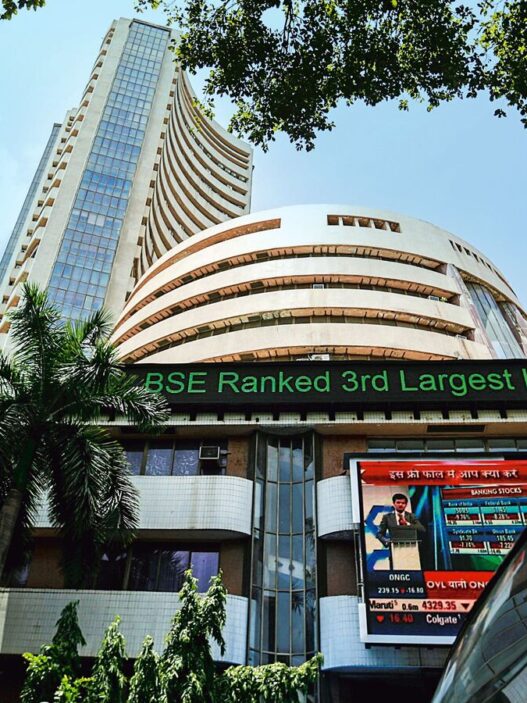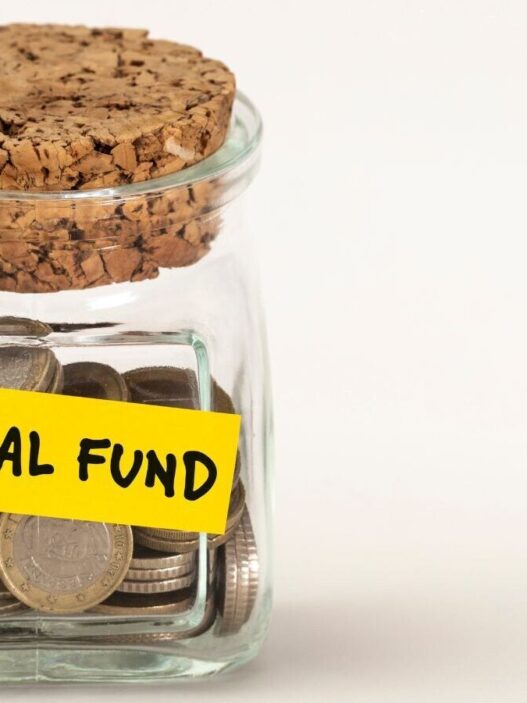In the past several years, a number of big and small changes have been made in the Income Tax Act, 1961. Its fallout is that an array of complexities, albeit unwittingly, have crept into it.
The new income tax law, conversely, is likely to have them removed simply because it is a fresh piece of legislation written on a clean slate, says Dipesh Jain, partner, Economic Laws Practice in a telephonic interview with MintGenie. He also shares his views on the new tax regime, income tax saving it promises to offer and whether it still makes sense for the small taxpayers to invest in small savings instruments such as PPF, SSY and NSC.
Edited Excerpts
What do you think about the new tax regime and old tax regime? Do you think the old tax regime will be completely phased out in the new income tax law?
I don’t think the government will do it this time. There could be a possibility that the old tax regime may be phased out next year i.e., from FY 2026 but not this year. Anyway, the new tax regime is already the default regime.
What do you think about the current tax law? Do you think that there are several complex provisions that need to be phased out?
Over the years, several changes have been made. Therefore, complexities have surfaced. For instance, if we look at capital gains tax, so many amendments have come. Two years to qualify for long term capital gains for some assets and three years for others, then different treatment for financial and non-financial assets.
About other provisions, those filing returns must check about the sunset clause and when it was extended. The new income tax law is supposed to be a fresh slate.
A few provisions are interpreted differently by different High Courts. For example, whether payment of software licensing is royalty income or not.
Then there was the Vodafone taxation case which the government interpreted to say that it should be taxable while the Supreme Court decided in favour of Vodafone. I hope that all the learnings of the past are incorporated in the new law.
Can you mention a couple of simplified provisions that need to stay as FM said that half of the law will remain as it is?
Income from salary is one head, which is already quite clear, and it should continue as is. Also, income from house property is fine now. When one house is self-occupied and another is not let out, it will NOT be deemed to be let out unlike earlier when it used to be.
However, if you have three houses, the third house is still deemed to be let out. Aside from this, TDS provisions are rationalised by reducing the number of rates.
In Budget 2025, the threshold to collect TCS on remittances has been raised from ₹7 lakh to 10 lakh. Is this the new limit sufficient for overseas travellers?
This new limit of ₹10 lakh per person is decent. One must understand that ₹10 lakh limit is per person. When you travel with your partner, it would be ₹20 lakh. When you travel with family, it will be even higher. Additionally, it is an advance tax, and one is entitled to take tax credit against it.
In Budget 2025, TCS on the sale of goods has been removed? Do you have any comments on it?
There was an anomaly which has been rectified. TDS is deducted by the buyer of goods at the time of making payment to the seller. At the same time, some transactions also attract TCS.
As a result of the confusion, it was decided that the same transaction would not attract both TDS and TCS.
Then a common confusion used to arise as to which transaction would attract TCS and which would attract TDS. This has now been streamlined.
Do you think the government could have done a more comprehensive job by waiting for it and doing more deliberations over it?
The groundwork must have been going on for a long time. Also, my guess is that the final draft would still be open for public comments, although comments were invited before the draft was released to the public.
Do you think tax law and tax rates in India are close to what other countries have?
In the new tax regime, the highest tax rate is 39 percent which is on the higher side. By and large, most taxpayers pay anywhere between 20-25 to 29-30 percent tax including surcharge and cess.
Only HNIs fall under the 39 percent bracket but they earn most of their income in form of dividend of shares. And on dividend, surcharge is restricted to 15 percent, which brings down their tax liability to 34 percent.
Do small investors still have any incentive to invest in small saving instruments?
These instruments are still better on a standalone basis than the fixed deposits (FDs). They offer anywhere between 7 to 7.75 percent and the interest income is still tax free.
For someone falling in the 30 percent tax bracket, tax on FD is 2.1 percent which reduced 7 percent return to 4.9 percent. In case of PPF, interest of 7.1 percent is fully exempt from tax, so it is still better than the FD.
Catch all the Instant Personal Loan, Business Loan, Business News, Money news, Breaking News Events and Latest News Updates on Live Mint. Download The Mint News App to get Daily Market Updates.
MoreLess












